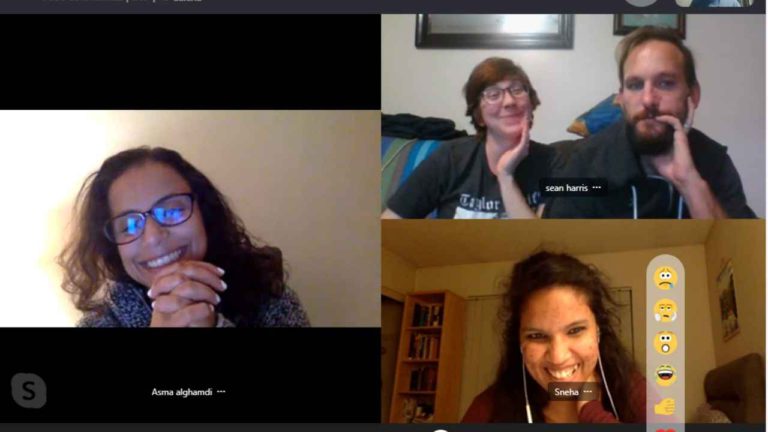
Learning a new language always seems exciting, but it consists of numerous challenges. Among all the doubts of new learners, one of the most common questions in their minds is “ How much time does it take to learn Spanish?” Although there is no exact answer for this question, like giving some specific number of hours or months, there are various different personal and external factors for this, like what is your usual learning method, your goals, your consistency level, and the amount of exposure you are getting to the language.
Also, due to the straightforward grammar of Spanish and shared vocabulary roots, it is said to be one of the easiest languages for English speakers. With the following article, you will get to know about the factors that affect how long it will take you to learn Spanish fluently.
General Estimates
According to the Foreign Service Institute (FSI) of the U.S. Department of State, Spanish is classified as a Category I language. This means that it typically takes around 600 to 750 classroom hours for an English speaker to reach a level of “Professional Working Proficiency.”
If you’re studying Spanish for 1 hour a day, five days a week, you’re looking at approximately 2 to 3 years to reach an advanced level. Although by following intense study time, say 3-4 hours a day, along with immersion, you can be fluent in Spanish in 6 to 12 months.
Key Factors That Affect Learning Time
1. Your Starting Point
If you already know a Romance language like French, Italian, or Portuguese, you might learn Spanish faster. These languages share similar vocabulary, grammatical structures, and verb conjugations.
2. Your Learning Method
How you study plays a big role in how quickly you progress. Traditional classroom settings tend to move at a slower pace. On the other hand, modern tools such as apps, podcasts, and Spanish Classes online offer flexible and immersive methods that can speed up learning.
Using multimedia resources, engaging in real conversations, and practicing all four language skills (listening, speaking, reading, and writing) consistently will produce faster results than passive learning alone.
3. Your Goals
Learning enough Spanish to order food and travel is very different from aiming for academic or professional fluency. Define your objectives early on. If your goal is conversational fluency, you may reach that within a year of regular practice. Full fluency, including writing formal emails or reading novels, will take longer.
4. Consistency and Practice
Like any skill, language learning benefits from regular practice. Short, daily study sessions are far more effective than infrequent, long cram sessions. Even 30 minutes a day can make a big difference if you stay consistent over time.
5. Immersion Opportunities
Being in an environment where Spanish is spoken daily dramatically increases your rate of learning. If you can travel to a Spanish-speaking country, take part in a language exchange, or watch Spanish media regularly, you’ll naturally start to pick up the language faster.
Stages of Learning Spanish
Here’s a rough breakdown of what to expect at different stages of your learning journey:
- Beginner (0–3 months): You’ll learn basic vocabulary, common phrases, and start to form simple sentences. You might recognize words in conversations but struggle to reply.
- Intermediate (3–12 months): You begin to understand conversations, read simple texts, and engage in basic discussions. Grammar becomes more familiar.
- Advanced (1–2 years): You can discuss a wide range of topics, understand native speakers at normal speed, and write with fewer errors.
- Fluent (2+ years): You can think in Spanish, express complex ideas, and use idiomatic expressions with confidence.
Tips to Learn Faster
- Create a study routine: Allocate specific times for vocabulary, grammar, listening, and speaking each week.
- Use flashcards and apps: Tools like Anki, Duolingo, and Memrise make vocabulary retention easier.
- Immerse yourself: Change your phone’s language to Spanish, follow Spanish-speaking influencers, or watch Spanish TV shows.
- Practice speaking early: Don’t wait until you feel “ready.” Start speaking from day one, even if it’s just basic phrases.
- Get feedback: Whether through tutors, language exchanges, or Spanish Classes online, getting corrected helps you improve faster.
Conclusion
So, how much time does it take to learn Spanish? The truth is, it depends on you. With the right motivation, consistency, and learning tools, you could be having real conversations in just a few months. Remember, it’s not a race—learning a language is a journey filled with growth, discovery, and connection.
Whether you’re aiming for casual conversation or full fluency, what matters most is showing up every day, even if it’s just for a few minutes. Every step you take brings you closer to mastering Spanish. If you are still confused, check out the Culture & Language Center for a better understanding.




